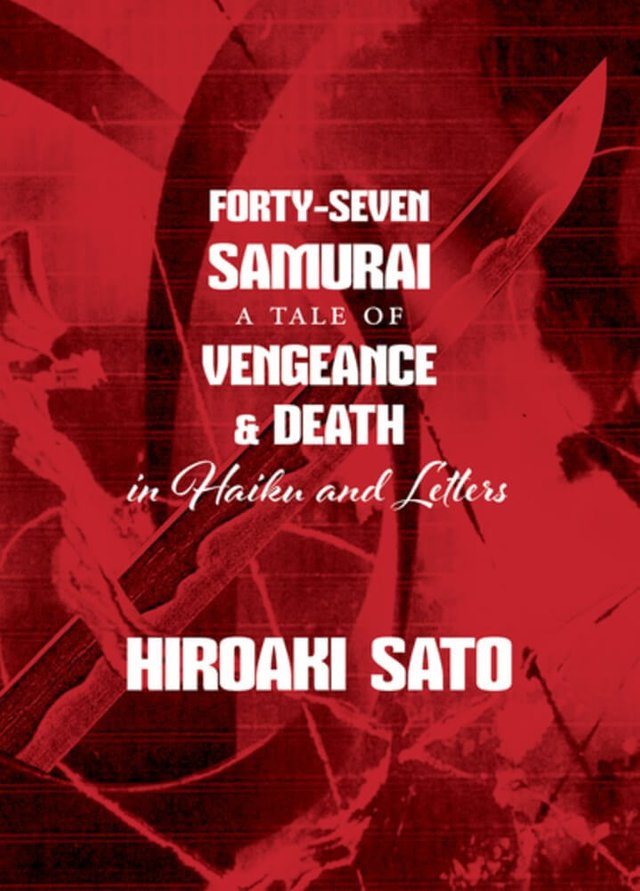
The start of this book is quite funny: it's like listening to a drunk who attempts to explain quantum theory but goes into how, actually, Niels Bohr's pants were of green colour and not beige as was written in Science, and…
I'll let you see what I mean:
Women themselves couldn’t help thinking their life depended on their face and figure, let alone their getup, “in a world where men spent half a year to learn to scrutinize their own clothes, hair styles, and swords, but also the way they walked, just to go to pleasure quarters,” or so observed the historian Kodama K?ta in The Genroku Age (Genroku jidai). For that matter, what is given as “young boy” above is wakashu, a catamite, the object of male love; a great deal of care and money was spent on such young men to make them prettier, more enchanting.
There were, in addition, kabukimono, date-otoko, yakko, yar?, etc.—many among them rowdy, tough men who galivanted while outlandishly decked out, often provoking quarrels and fights. Some of these figures later became the subjects of kabuki plays and one-man storytelling (k?dan). Among them, for example, was Banzui-in Ch?b?, said to have beat up Mizuno J?r?zaemon, a hatamoto with a stipend of 3,000 koku, who, in retaliation, entrapped Ch?b? and killed him. The point of the story is that Ch?b?, knowing what was up, went to J?r?zaemon’s house as invited.
In spite of this way of writing, the book does provide some interesting insight into feudal Japan where the samurai were an important aspect.
It's interesting to hear of how much powers some rulers had and how they wielded it:
What won Tsunayoshi notoriety was a series of prohibitions that he started introducing not long after he became shogun, the “Pitying the Sentient Edicts” (Sh?rui awaremi no rei). Dazai Shundai, who famously asserted that shogun were Japan’s “kings” (?), wrote in An Unofficial Record on Three Kings (San’n? gaiki): After the King [Tsunayoshi] lost his Crown Prince, his harem did not produce any other child, so he tried many other ways seeking an heir, to no avail.
Then the monk Ry?k? stepped forward and said, Sire, you have few heirs as a retribution for having killed living things in your previous life. If you want an heir, the best thing to do would be to love creatures and not to kill them. If Your Majesty truly wants an heir, I think you must forbid the killing of living things. At the same time, because you were born in the year of hi-no-e inu, and inu belongs to dogs, you had best love dogs. The King agreed to this, and the Queen Dowager also heard Ry?k?. The King approved of this and forbad the killing of living things.
I dig the use of honorifics in there:
One thing that may startle, and amuse, the modern reader is the certificate of receipt given at the Nakano kennel ground. Used in each reference to each dog—mother and puppies—is the honorific prefix o, in addition to the sex and the color of each: e.g., “white-black-mottled boy, the honored dog” (shirokuro-shibori-danshi-o-inu).
All of the tidbits above point to two facts:
- This book contains a lot more than its title lets one initially believe and is more than sprawling, in mainly a bad way.
- The Japanese original may make more sense in a cultural way than this English translation does.
It's interesting to read an analysis of how a person could have its head cut off by sword or allow death to enter by cutting one's own stomach by sword:
As the accounts cited above, especially Asakichi’s Report, may suggest, Asano Naganori did not really “cut his stomach,” the literal meaning of seppuku. In fact, years before the Genroku era seppuku had become ritualized. Instead of a man ripping his own belly with a short sword, then stabbing his own neck to hasten death, the condemned would be provided with a kaishaku, “second,” ready to strike with his sword drawn, who, the moment he picked up the short sword on the ceremonial sanb? placed before him, would behead him and show the head to the kenshi, witness, marshal, or censor.
As A. B. Mitford put it: “The assistant second brings a dirk upon a tray, and, having placed it in front of the principal, withdraws to one side: when the principal leans his head forward, his chief second strikes off his head, which is immediately shown to the censor, who identifies it, and tells the master of the palace that he is satisfied, and thanks him for all his trouble.”
I was happy to see that this book included tidbits of how homosexual love turned out back in the day:
Homosexual love, called shud?, “the way of young men,” nanshoku, “male amour,” to give a few terms for the similar propensity, was prevalent. “The shogun and daimyo loved maegami no kosh?, ‘pages with forelocks,’ hatamoto kept ko-z?ritori, ‘little slipper carriers’; in the inner gardens of the Buddhist law were chigo kosh?, ‘young acolytes,’ there were yar? in Miyakawa-ch? of Kyoto, Negi-ch? of Edo, and D?tonbori of Osaka,” wrote the historian Kodama. And, of course, open homosexual love did not start or end in the Genroku era. Jesuits who went to Japan and stayed there to observe the country in the sixteenth and seventeenth centuries marveled at it; so did Shin Yu-han, a Korean who accompanied his country’s large-scale embassy to Japan in 1719.
Loads of blood, people being gibbeted, suicides, sex, calligraphy, and oodles of names later, and what do we have? A book that is interesting at best and a wayward mess at worst.
Posted from my blog with SteemPress : https://niklasblog.com/?p=23851